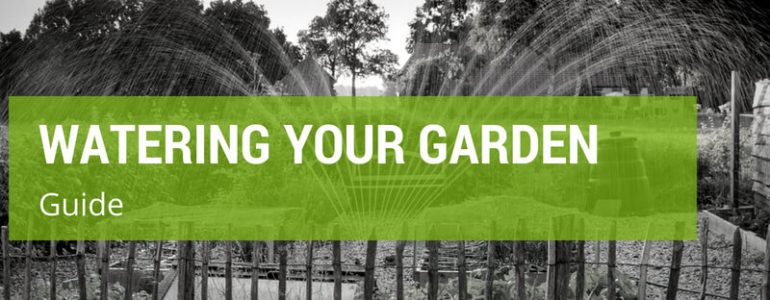Water is a precious and finite resource, so it behooves us all to use it carefully. Doing so saves money and benefits ourselves and the world around us. But what if you want to keep a lush and beautiful garden? Plants need water, is it possible to skimp on water and still have strong, healthy plants? The short answer to that question is “YES!”
In this article, we provide sound advice to help you understand your plants’ water needs. We also present good information on smart watering techniques to help you make the most of available water. Read on to learn more on how to water your garden.
Timing is everything
If you water your plants during the heat of the day, you lose a lot of precious water to evaporation. For this reason, it’s usually best to water your plants first thing in the morning. Doing so helps you avoid evaporation and also prevents having water sit on your plants’ leaves where it may cause mold problems.
There are times when summer days and nights are punishingly hot and dry, making it better to water at dusk so that your plants can really make the most of the water overnight.
Does your garden need water now?
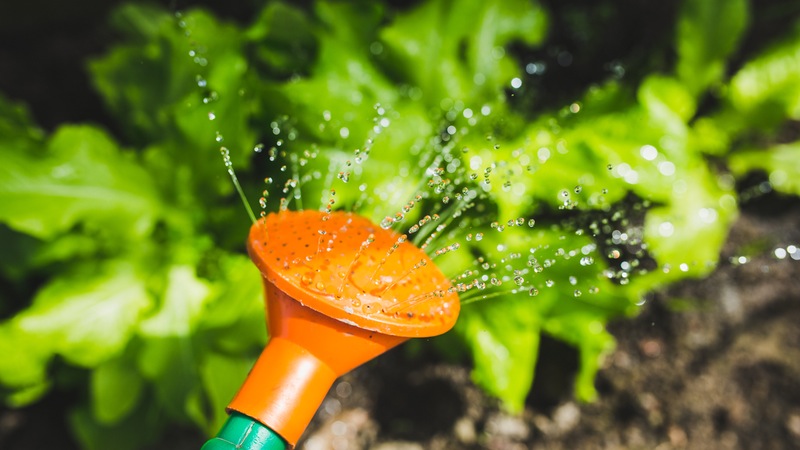
For most garden plants a deep, occasional watering is much better than frequent, light watering. As a general rule of thumb, a deep, slow drip watering once a week or so will suffice.
Check your plants, though, to determine if they are in need of water. Feel the surface of the soil with your hand. If it is at all damp, your plants don’t need water. If it is dry, sink a spade into it to the hilt to see if there is water below the soil. If the soil is moist, you can wait a few days to water if you have good, balanced soil.
What’s the best soil?
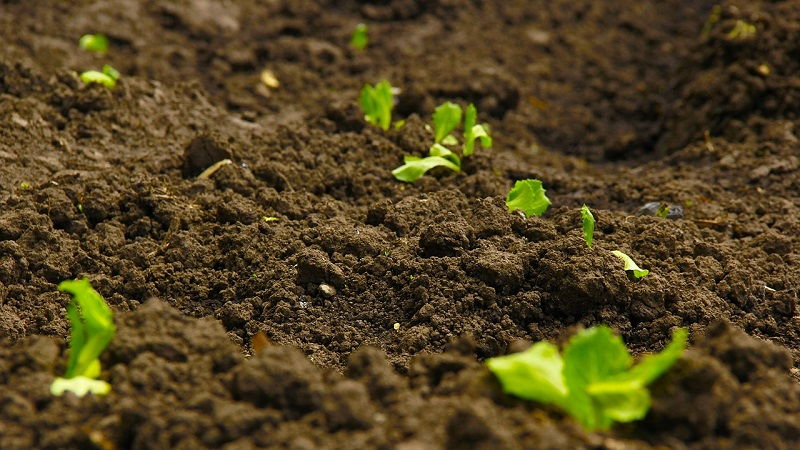
For all purposes, including best use of water, light, well-draining soil is the best medium for most plants. Plant roots need both water and air, so your soil should be light enough to allow good air circulation and spongy enough to soak up just the right amount of moisture and keep it available to your plants.
If your soil has a lot of clay in it, it may feel damp but not really have any water available for your plants. If your soil has a lot of sand in it, it may feel dry, but there may be water available below the sandy surface.
This is why it’s important to closely observe the condition of your plants. If they are not thriving and growing in a robust manner, you may not be providing enough water. If they are wilted, your problem may be lack of water.
How much water is necessary?
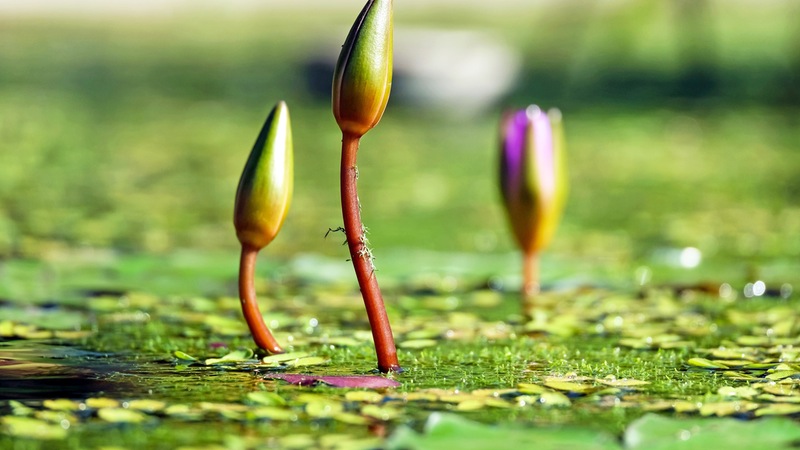
If you have very light, sandy soil, you need to water more often than if your soil has quite a bit of clay. With sandy soils, you should water thoroughly, but you may not want to water deeply as a lot of the water may flow away and be lost.
About twelve gallons of water per square foot should be about right. If you have heavy soil with a lot of clay, you can water less frequently; however, you must use more water to thoroughly saturate the soil. About seventeen gallons per square foot should be about right.
Do veggie gardens need more water?
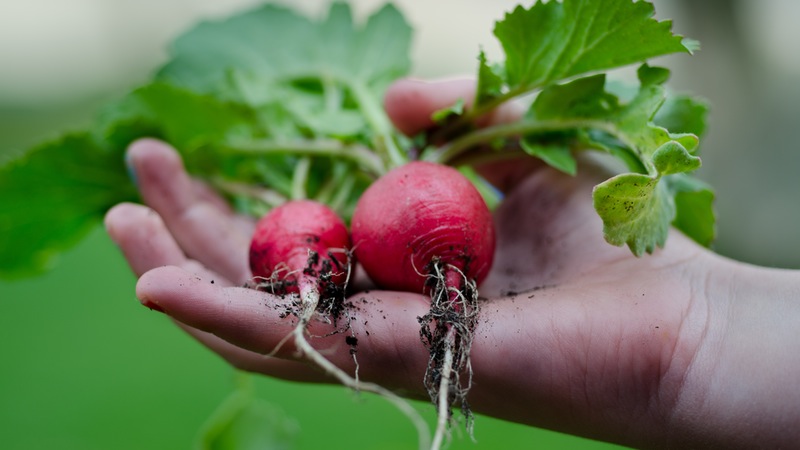
If you want tasty produce, you must keep your veggie garden well-watered. This is especially true if you are trying to grow leafy greens, watermelon or other plants whose fruit is more water than fiber.
Some root crops, such as onions, do not require a lot of water, but even they can end up dry, hard and bitter if you skimp on the water. You must hit a balance with root crops so that you provide enough water to nourish them but not so much that they rot in the ground.
Generally speaking, with fruits and veggies you should water well when planting or transplanting and keep them watered regularly until harvest time. An extra-heavy watering a couple of weeks before harvest can be beneficial in terms of produce quality.
10 Smart Watering Tips for Your Vegetable Garden
Dealing with drought conditions
If your area tends to suffer from drought in the summertime, don’t wait until all is stark and dry before dealing with it.
Get a jump on drought problems by keeping your garden well-watered before the dry days come. If you wait until the soil is dry, you may never be able to rehydrate it adequately. This is especially true if you have a large garden.
Water deeply, regularly starting early in the season. Make good use of mulch to conserve water and keep the soil well-hydrated.
Whenever you are able, plant any new plants late in the autumn, during the winter months or early in the spring. In this way, they have a chance to set down strong roots before the hot, dry months of summer.
Coping with water rationing
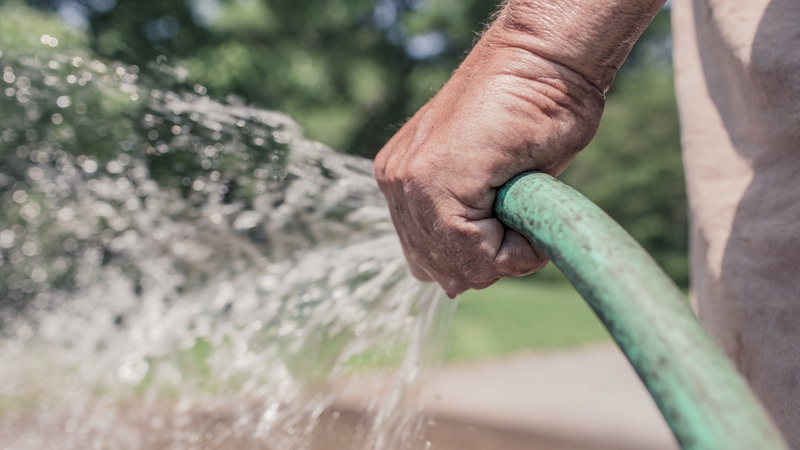
Gardening under rationing conditions is challenging, but it can be done. You must usually water by hand, and it is best to apply a measured amount of water to the base of the plant. This practice allows you to do a good, effective watering using only about five gallons of water for every ten feet of soil. Water once every week-to-ten-days.
Mulch the area around your plants with bark, leaves, straw or some other natural material to help hold existing moisture and rain water in the soil. Apply mulch as soon as you plant so that any water that is in the soil stays and any rain that falls is captured and conserved.
Understand that lawns are typically a big waste of water since they don’t produce anything useful and they are usually very thirsty. To avoid wasting too much water on your grass, mow higher and less often. Water a couple of inches once a week during very dry periods. Otherwise, rely on rain to water your lawn. Consider replacing your grass with native plants and xeriscaping features.
Which watering methods are best?
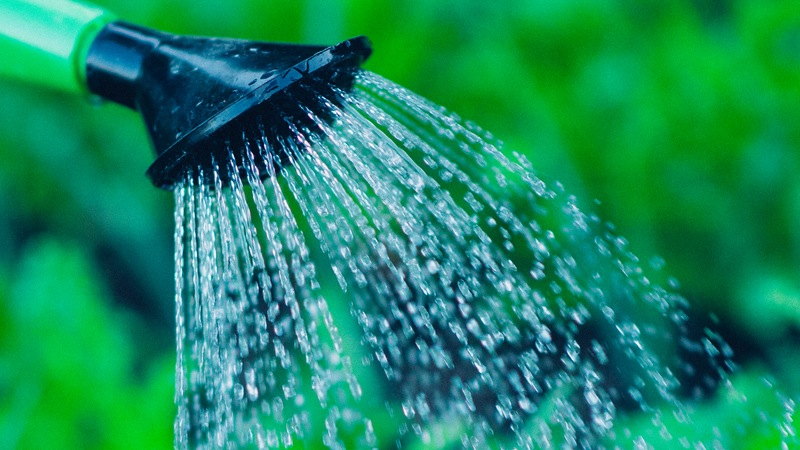
Automatic irrigation can be a good way to go if you don’t have a lot of time or are not physically able to deal with garden hoses and watering cans. This type of watering system should be set so that just the right amount of water is delivered to saturate the plants’ root zone. This is typically the top two feet of soil. Plants cannot access water that flows deeper than that.
Soaker hoses (or pipes) deliver a very slow drip of water to specifically targeted areas. You can place soaker hoses under your mulch to prevent any evaporation loss. Turn the water on low at specific times to deliver regular, deep watering. It is worth noting that this type of watering method works best on heavier soil as a lot of water can be lost in sandy soil.
Using a watering can or hose to slowly water at the base of plants is a good way to conserve water and give each plant a nice, deep drink. This kind of watering may also prevent the growth of some weeds as you won’t be sharing your precious water with them.
Garden sprinklers are the worst. They are wasteful, and in some places, banned. They may be effective for vast swathes of lawn, but for a garden, a sprinkler system does not apply a nice, deep watering, and overhead watering contributes to mould and leaf disease.
Container plants are water-challenged
If you have potted or container plants, you must pay more attention to watering because they cannot send out roots into the surrounding soil in search of water. Here are three ways to tell if your container plants need water:
- If your plant is wilted and listless, it may be thirsty.
- If you lift the pot and it feels light, this also indicates a lack of water.
- Poke your finger into the soil beneath the mulch to see if it is damp or dry.
If the soil is dry, provide a deep watering by either running water through the pot until it flows freely through the drainage holes or soaking the pot in a tub of water for half an hour or so until all the soil is saturated.
Keep compost, mulch or pebbles on the surface of the soil to help container plants conserve water. It can also give you a clue as to the amount of water available to the plant. If the mulch or compost becomes very dry and pale looking, it may indicate a need for water.
Know your plants to save water
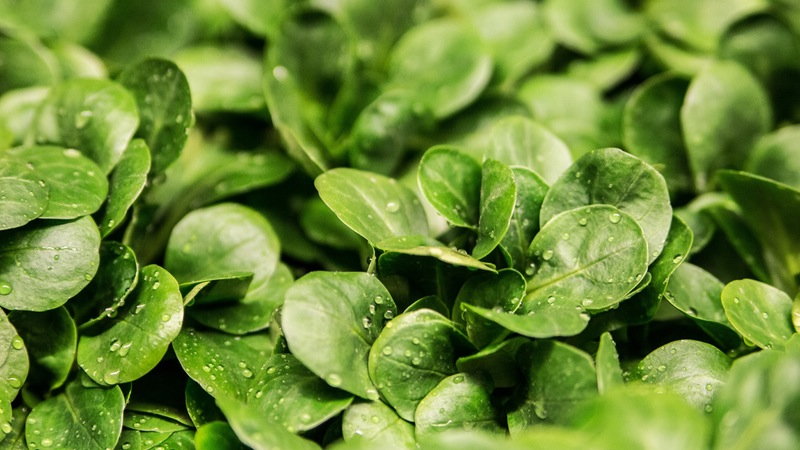
Familiarise yourself with your plants’ needs. Arming yourself with this knowledge enables you to deliver just the right amount of water at the right time. Here are some general guidelines to get you started.
If you have well-established trees and bushes in your garden, you probably don’t need to water them because they should have deep root systems that can seek out water. In cases of severe drought, though, watering can help boost their growth and prevent drought stress or even death.
If your trees and shrubs have been in place for fewer than five years, you should set up a regular schedule of watering. These young plants can easily succumb to drought.
Recently planted gardens and lawns are top priority when it comes to watering. With their tender shoots and unestablished roots, these plants are very vulnerable to drought-related stress or death.
Herbaceous perennial plants may need extra water in very hot, dry weather. Without this, they may fail to thrive or may even die.
Choose plants carefully. The best plants to handle weather conditions in your area are natives or those that have been successfully naturalised. Be careful not to introduce invasive plants, but do seek out attractive wild plants for a carefree, water-saving garden experience.
